The First Kyiv International Biennale of Contemporary Art ARSENALE 2012
MYSTETSKYI ARSENAL, KYIV, MAY 24-JULY 31, 2012
The First Kyiv International Biennale of Contemporary Art ARSENALE 2012 [http://arsenale2012.com], which took place concurrently with the Euro 2012 football championship hosted by Ukraine and Poland, had a dual aim to present high-quality artworks from all over the world in Kyiv and to display Ukrainian contemporary artists to the world on par with their international counterparts. Commissioned by Nataliia Zabolotna, the Biennale featured: Main Project “The Best of Times, The Worst of Times. Rebirth and Apocalypse in Contemporary Art” (curator David Elliott); Special Project “Double Game” (curator Oleksandr Soloviov with coordination by Fabio Cavalucci, Director of Zamek Ujazdowski Centre for Contemporary Art, Warsaw); Historical Project “Ancient Forms;” and numerous satellite projects in art spaces all over Ukraine as part of its Parallel Program.
David Elliott’s Main Project included politically charged works like Nikita Kadan’s Procedure Room (2009-10); Vandy Rattana’s photographs and video from the project Bomb Ponds (2009); and Chto Delat?’s Russian Woods (2012), but it left an overall impression of aesthetic objects arranged to fill the massive space of the main exhibition hall of the National Cultural-Art and Museum Complex “Mystetskyi Arsenal.” Although each work was accompanied by a paragraph offering historical context and interpretation by the curator, the objects were often received by visitors as backdrops for personal photographs. The Special Project “Double Game” was more compact in space and scope, and thus, offered a more cohesive presentation of the current concerns of Ukrainian and Polish contemporary artists – the body (vulnerable, social, mortal); space (imagined, public, saturated with memory or hope); modes of perception (physiological and of surrounding socio-political events). Both projects were contained in the main Arsenal building on the grounds of the complex, alongside a chichi cafe; a canopied stage for ceremonial events; the ancient stone babas of the Historical Project; benches and lounge chairs for visitors – all encircling Choi Jeong Hwa’s Golden Lotus, which presided over a central fountain and whose petals hypnotically raised and lowered. Photographer Kostiantyn Strilets made a number of visits to Mystetskyi Arsenal to investigate the context of the Biennale – its architectural setting, its staff, local visitors – and its relationship to Kyiv, Ukraine. His photographs reflect the project’s emphasis on representation and formal concerns, where the gaze slides along the surface and meaning often arises from chance juxtapositions.
Introduction/Captions by Larissa Babij (Kyiv)
All photos by Kostiantyn Strilets
(Browse through the images using the left/right arrows on your keyboard)

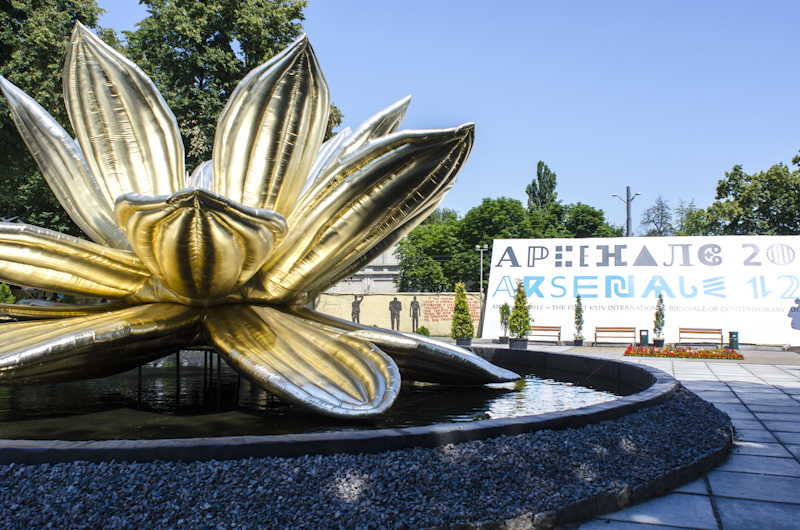
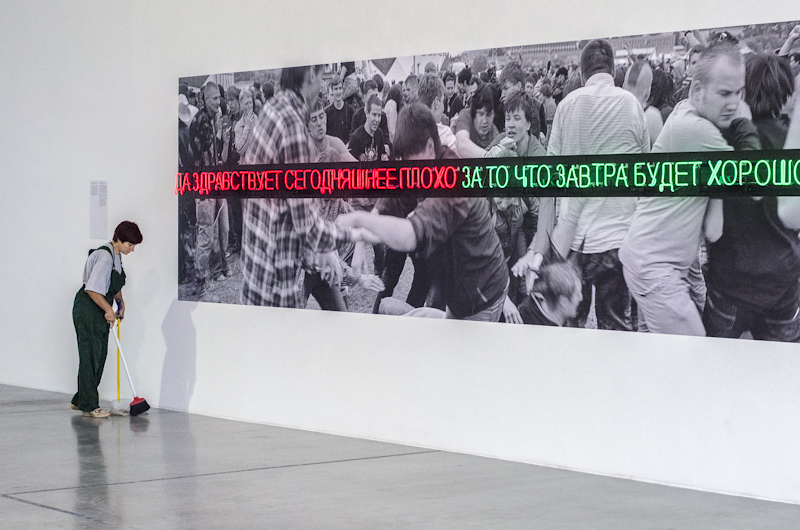

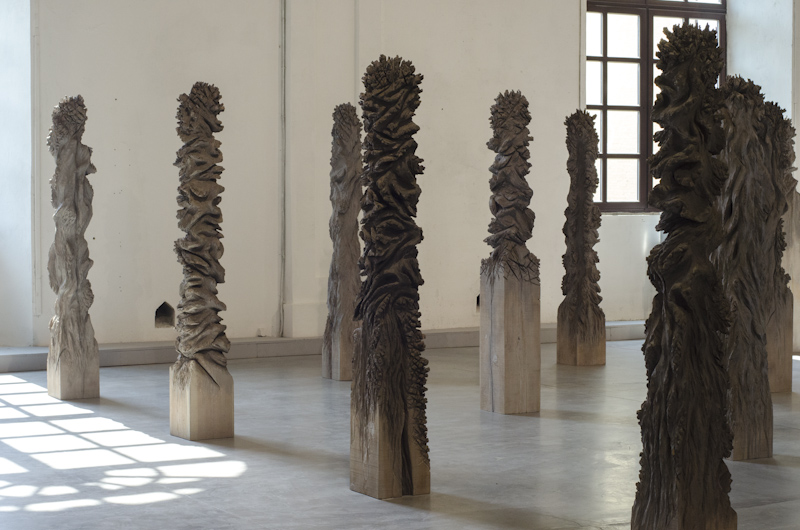
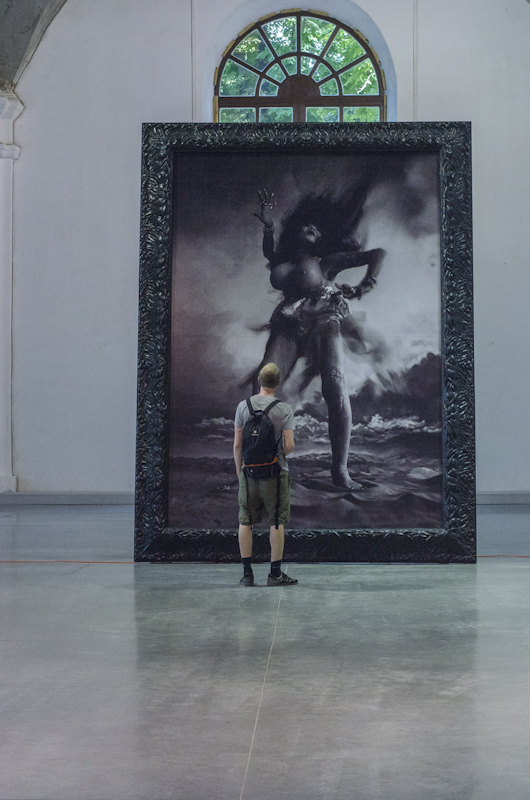

.jpg)
.jpg)
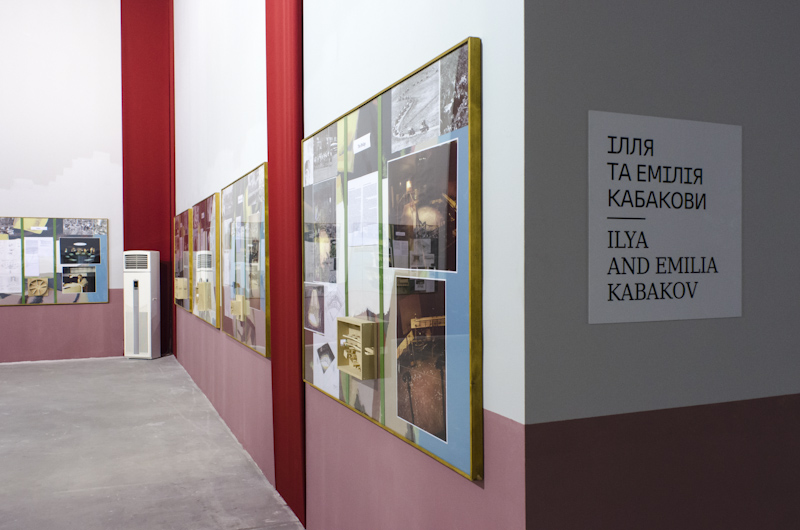
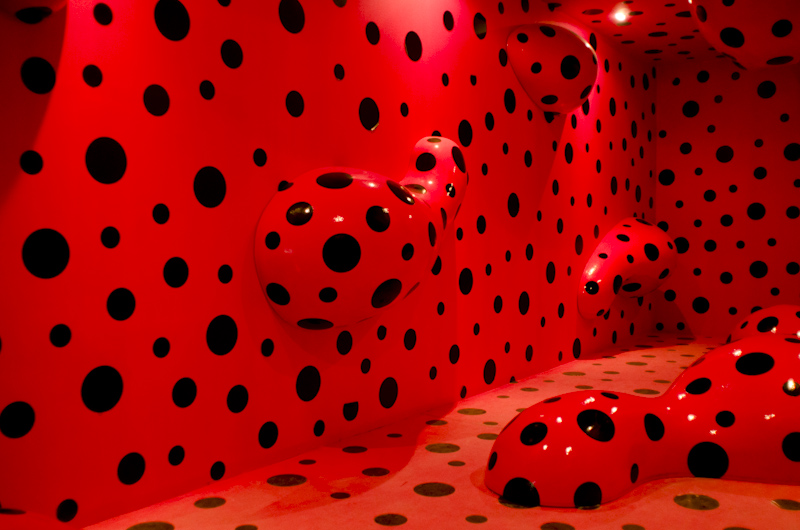
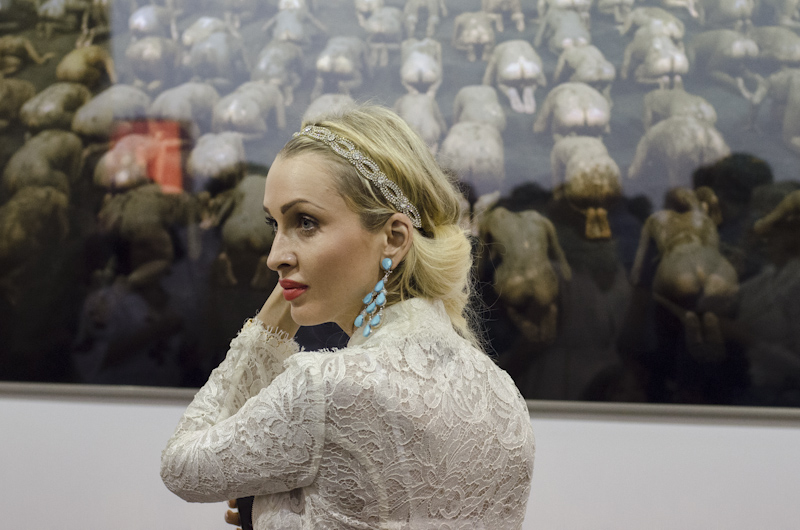
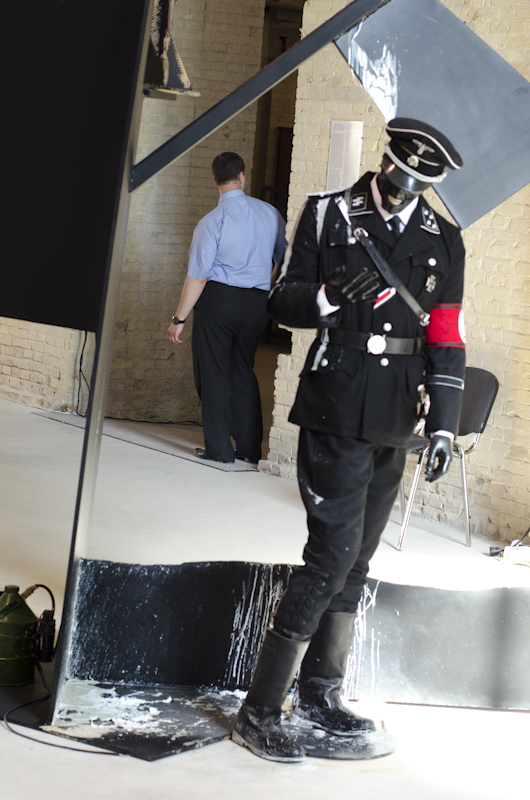
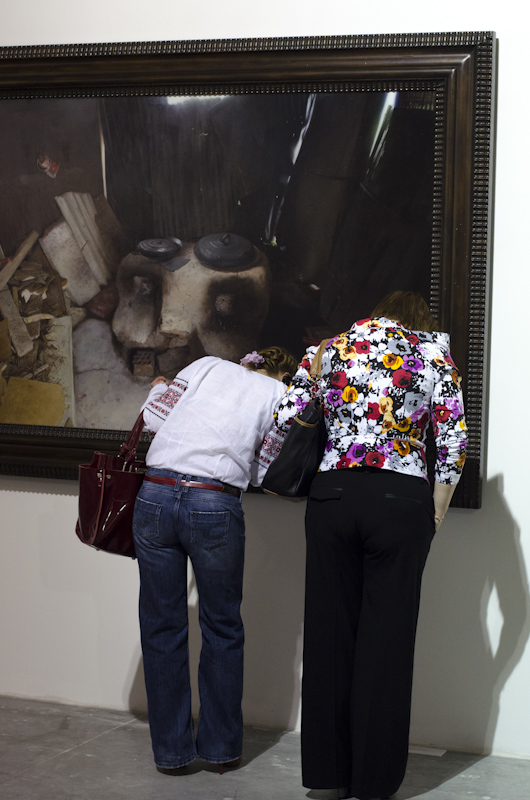

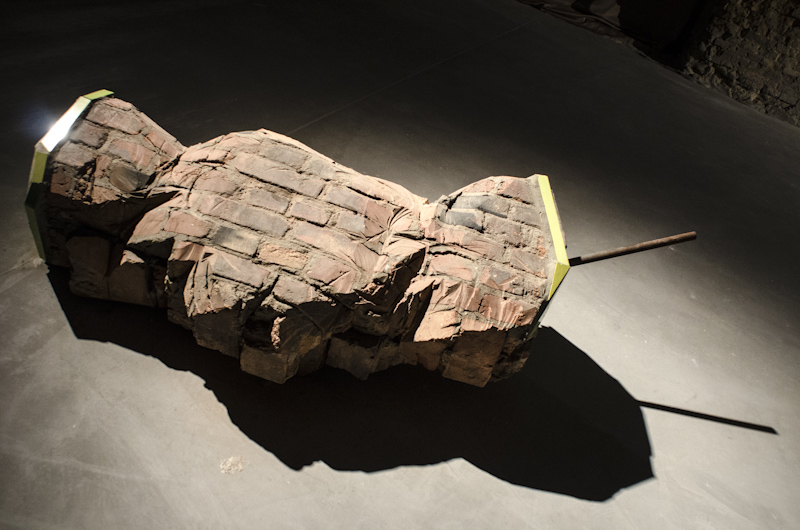
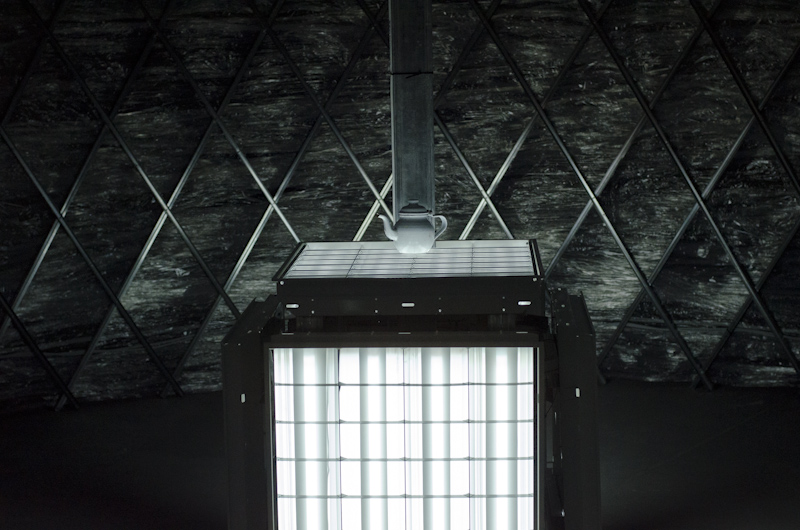
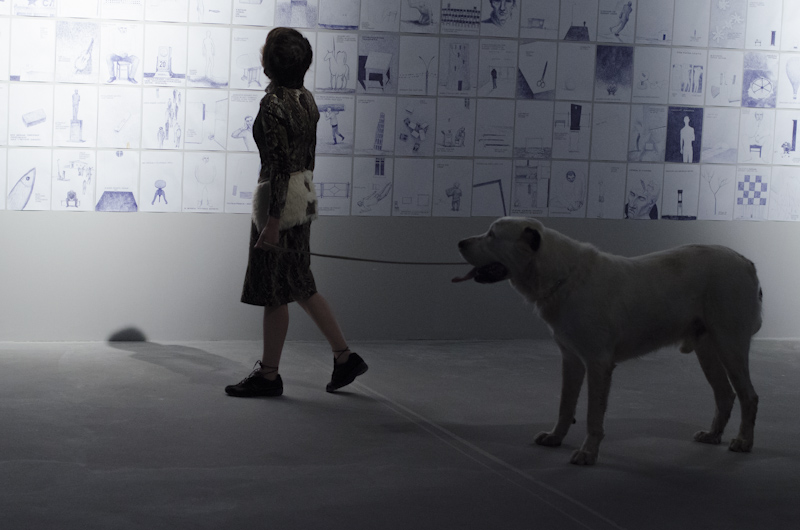
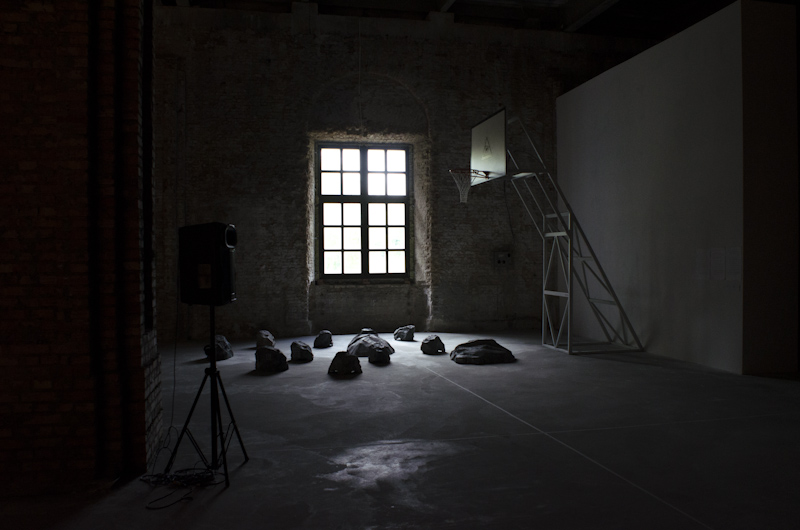
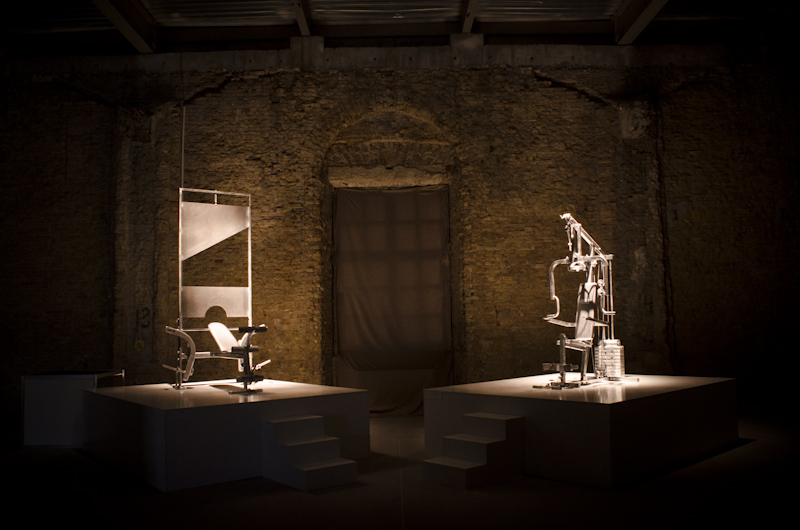
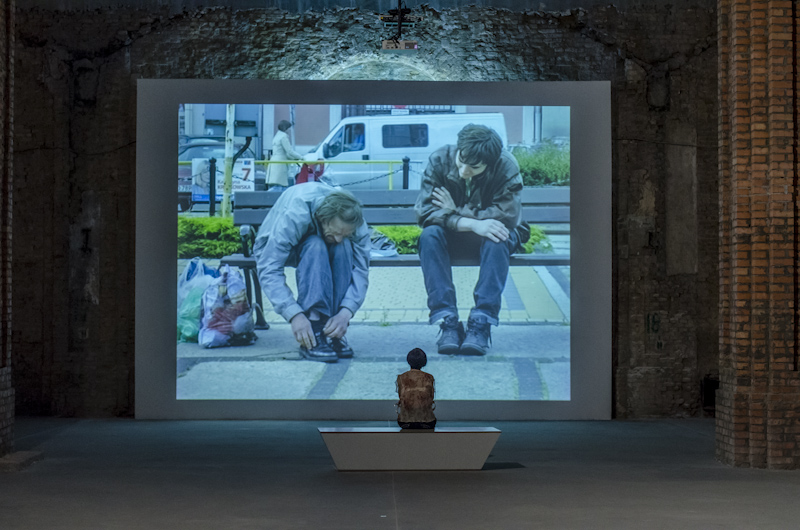
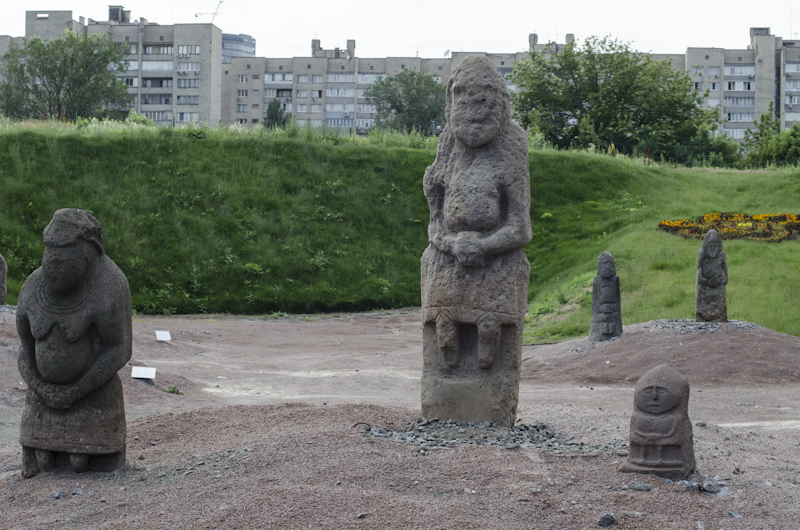
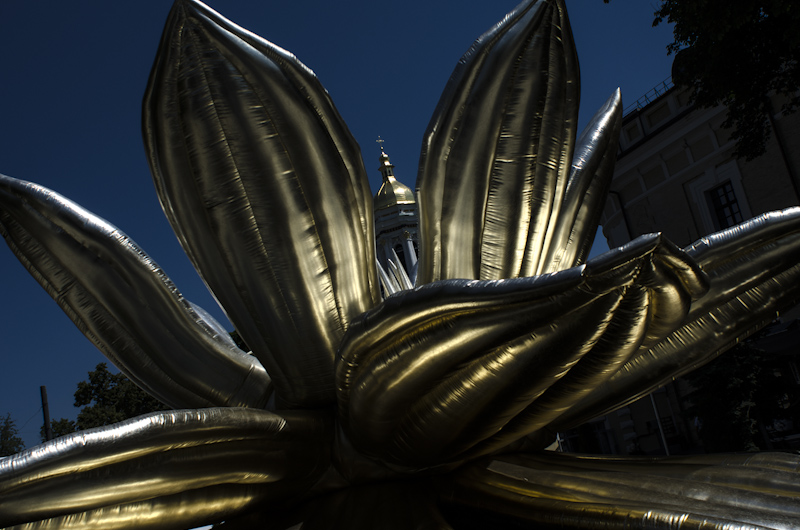
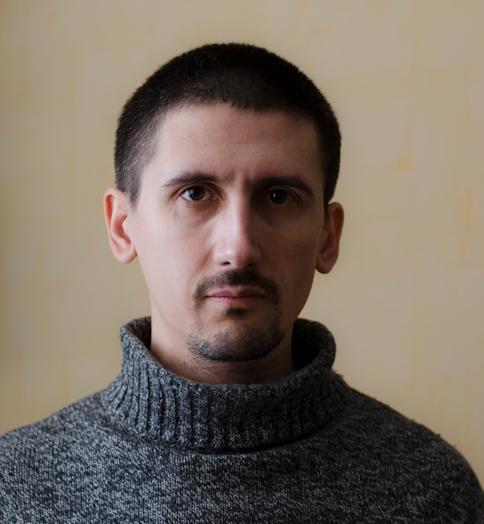 Kostiantyn Strilets is a photographer and designer based in Kyiv, Ukraine. His website youreflect.me showcases his photos of Ukrainian contemporary art events. Since 2010, he has been contributing to the online publications znaki.fm, korydor.in.ua, kievreport.com and the journal Art Ukraine. His work has also been shown in Kyiv in “1986. Two Views” (group exhibition), “London. First Exhibition” (solo show), and published in the Ukrainian photography journal 5.6.
Kostiantyn Strilets is a photographer and designer based in Kyiv, Ukraine. His website youreflect.me showcases his photos of Ukrainian contemporary art events. Since 2010, he has been contributing to the online publications znaki.fm, korydor.in.ua, kievreport.com and the journal Art Ukraine. His work has also been shown in Kyiv in “1986. Two Views” (group exhibition), “London. First Exhibition” (solo show), and published in the Ukrainian photography journal 5.6.

